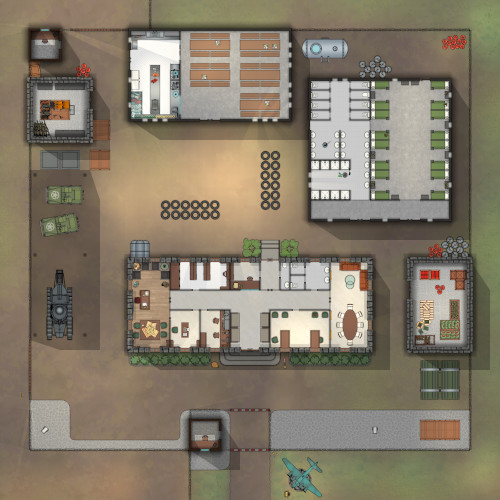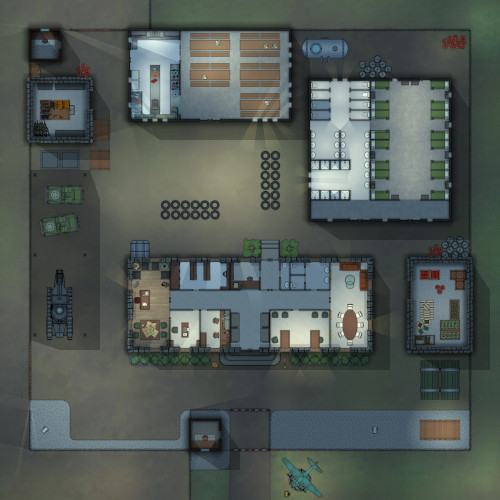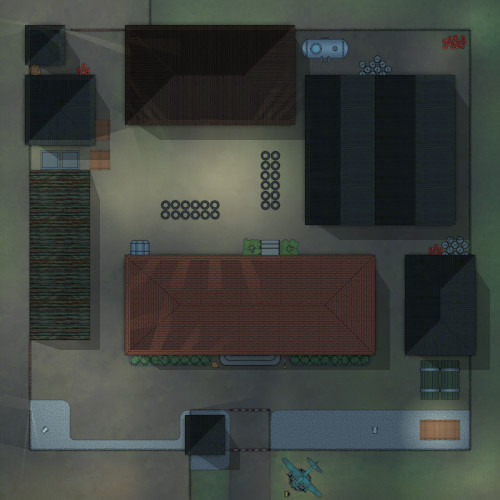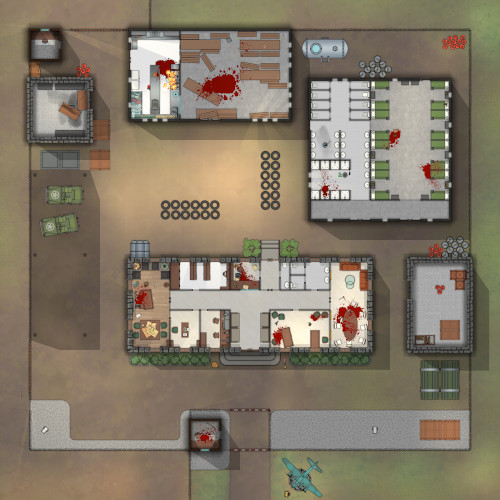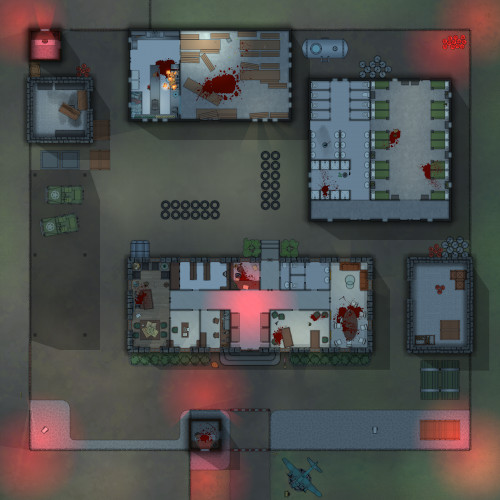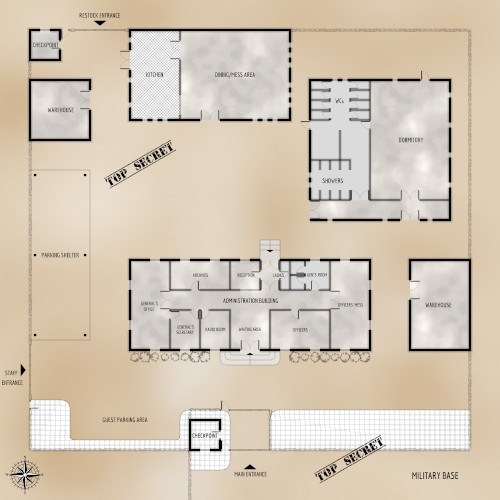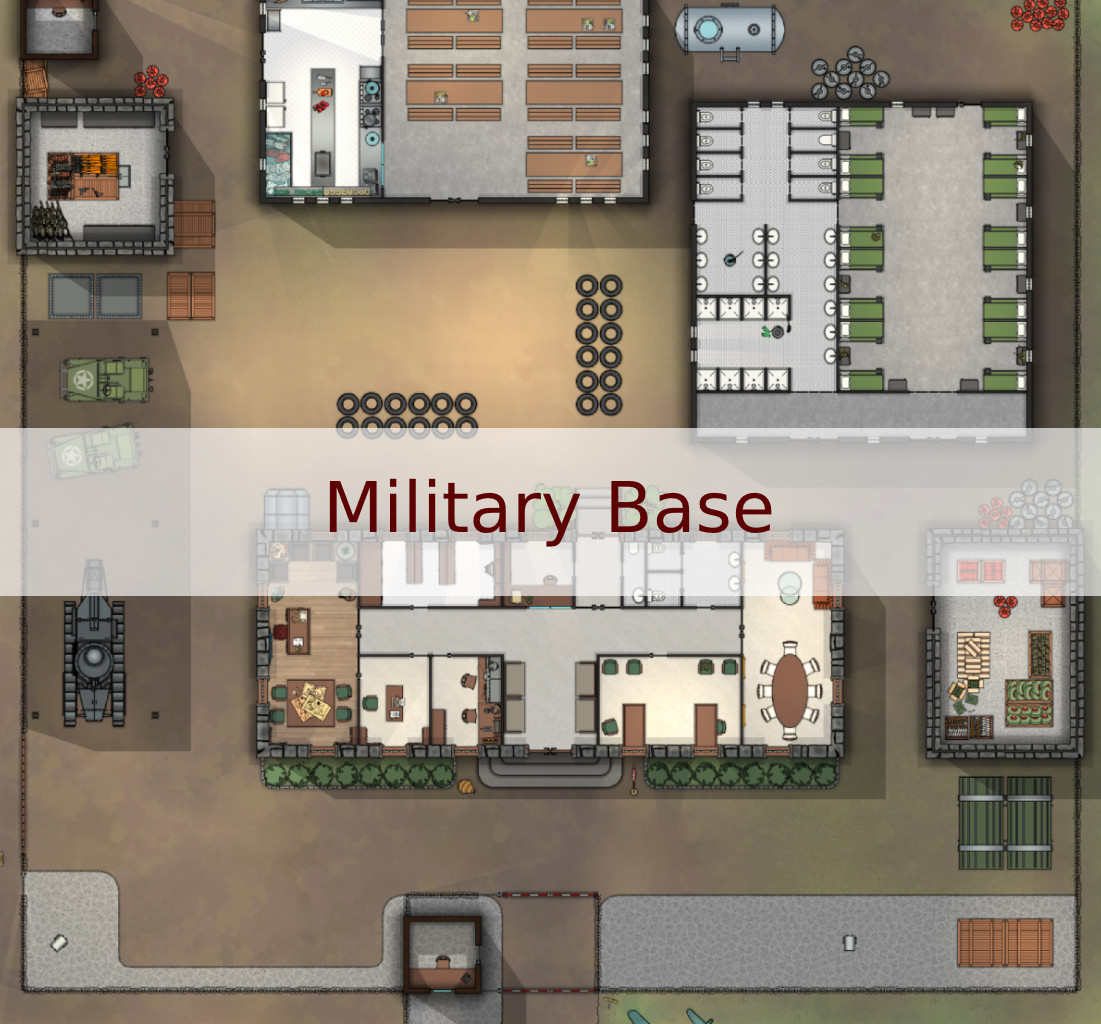Why are entire sections of the base marked off-limits to personnel with standard clearance, and what arrived in those unmarked transport trucks last month? Which bunkers require hazmat suits to enter, and why do guards patrol with equipment designed for threats that don't officially exist? What's buried beneath the training grounds?
Follow Cthulhu Architect on BlueSky!Brave men rejoice in adversity, just as brave soldiers triumph in war.
― Seneca the Younger
The morning briefing at Fort Meridian carried an unusual weight that Tuesday in October. Colonel Hayes stood before his assembled officers, his weathered face betraying nothing of the sleepless nights that had plagued him since the arrival of Dr. Voss and her research team three weeks prior. The classified cargo containers, sealed with warnings in languages that seemed to shift when observed directly, had been moved to the secured laboratory in the facility’s eastern wing.
Private Chen first noticed the changes during his night watch. The fluorescent lights in the corridor leading to the restricted zone flickered with an irregular rhythm, casting shadows that seemed to writhe independently of their sources. More disturbing were the reports from other personnel: mess hall staff complained of meat spoiling within hours despite proper refrigeration, and the base physician documented a peculiar epidemic of insomnia accompanied by vivid dreams of vast, organic structures pulsing beneath the earth.
Dr. Voss emerged from her laboratory less frequently as the days passed, her once-pristine white coat now stained with substances that defied identification. When questioned by the Colonel, she spoke in fragments about “cellular reconstruction” and “evolutionary acceleration,” her eyes reflecting an unsettling luminescence that seemed to emanate from within. The other researchers had begun to avoid her entirely, though they could not articulate why her presence filled them with such profound unease.
The transformation began subtly. Soldiers reported unusual flexibility in their joints, and several complained of persistent tingling in their extremities. The base’s medical bay overflowed with personnel seeking treatment for symptoms that had no clear diagnosis. Lieutenant Morrison documented his own condition with clinical precision: his bones had become increasingly pliable, allowing him to bend his arm at impossible angles without pain, while his sense of touch had become so acute that he could feel the vibrations of conversations through solid walls.
On the final night, as the autumn wind howled across the parade grounds, Colonel Hayes made his last entry in the official log. The personnel of Fort Meridian had undergone what Dr. Voss termed “successful adaptation,” their bodies now capable of existing in forms that human language could barely describe. They moved through the darkness with fluid grace, their limbs extending and contracting as needed, their consciousness expanded beyond the limitations of their original flesh. In the morning, investigators would find only empty uniforms and the lingering scent of ozone, while deep beneath the base, something vast and patient continued its work of reshaping the world one cell at a time.
